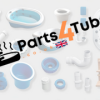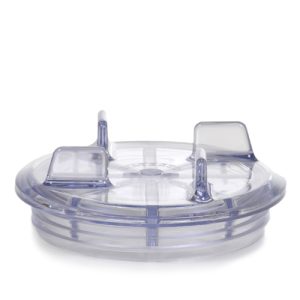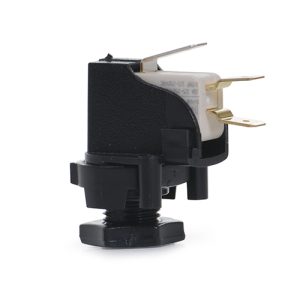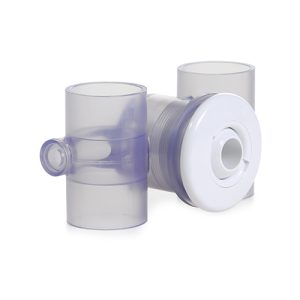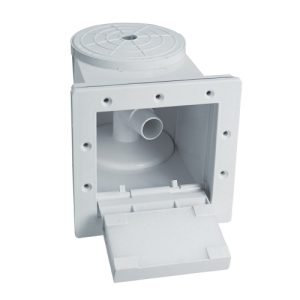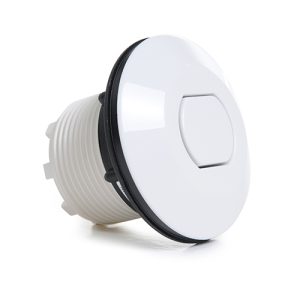BIO-UV Simple Terminal
£81.28 Inc VAT
Out of stock
Want to be notified when this product is back in stock?
BIO-UV Simple Terminal
Critical Electrical Connection Component for UV Lamp Power Supply
As a retailer of hot tub spare parts and pool equipment, I supply this essential electrical terminal component for BIO-UV ultraviolet water treatment systems. The simple terminal serves as a fundamental connection point within the UV system’s electrical circuit, providing secure, reliable power distribution between the electronic ballast, UV lamp assembly, and associated control components. While appearing to be a basic electrical connector, this terminal must maintain dependable electrical contact under demanding environmental conditions while ensuring safe operation of high-voltage UV lamp circuits.
Understanding Terminal Function in UV Systems
Within BIO-UV UV systems, electrical terminals form the critical interfaces that deliver power from the electronic ballast to the UV lamp, return current to complete the circuit, and facilitate connections for monitoring and control functions. The simple terminal provides a secure mechanical and electrical connection point that accommodates repeated connection and disconnection cycles during lamp replacement and maintenance procedures while maintaining low electrical resistance to minimize power losses and heat generation.
The terminal design must accommodate the specific voltage and current characteristics of UV lamp circuits. Electronic ballasts for UV germicidal lamps generate high initial striking voltages to ionize gases within the lamp tube and initiate UV light emission, then regulate current at lower running voltages to maintain stable lamp operation. Terminals handling these circuits must withstand voltage transients during lamp starting while providing reliable current-carrying capacity during continuous operation.
Electrical Specifications and Power Handling
The simple terminal’s electrical characteristics are precisely matched to BIO-UV system requirements, ensuring adequate current-carrying capacity for the UV lamp’s power consumption while maintaining electrical safety margins. The terminal’s contact surfaces must provide low-resistance electrical pathways to prevent excessive voltage drop that would reduce available lamp power or generate unwanted heat at connection points.
Contact pressure within the terminal mechanism ensures reliable electrical continuity despite vibration, thermal cycling, and environmental factors that might otherwise cause intermittent connections or increased resistance. The terminal’s mechanical design maintains consistent contact force throughout extended service periods, resisting degradation from repeated thermal expansion cycles as lamp operation cycles on and off.
Material Properties and Environmental Resistance
BIO-UV simple terminals are manufactured from materials selected for their electrical conductivity, corrosion resistance, and mechanical durability in pool equipment environments. The conductive elements typically utilize copper or copper alloys that provide excellent electrical characteristics while the terminal body employs engineered plastics or ceramics that offer electrical insulation, chemical resistance, and mechanical strength.
The materials must withstand exposure to humidity, temperature variations, and potential contact with pool chemicals despite being housed within the UV system’s electrical enclosure. Corrosion at terminal contacts can increase electrical resistance, generate heat, and eventually cause complete connection failure. The material selection and any protective plating or coatings applied to contact surfaces resist oxidation and corrosion throughout the terminal’s service life.
Installation and Connection Procedures
Proper terminal installation requires attention to connection integrity and electrical safety. Wire preparation involves stripping insulation to the correct length, ensuring clean conductor surfaces free from oxidation or contamination. Conductors must be fully inserted into the terminal mechanism with adequate mechanical retention to prevent pullout from vibration or thermal movement.
Tightening torque for screw terminals must follow manufacturer specifications to ensure adequate contact pressure without damaging terminal components or conductors. Insufficient tightening leaves high-resistance connections that may overheat during operation, while excessive torque can strip threads, crack terminal bodies, or damage wire conductors. Many modern terminals incorporate spring clamps or other mechanisms that provide consistent contact pressure without requiring torque-critical installation.
Electrical Safety Considerations
Terminal connections within UV systems handle potentially dangerous voltages, particularly during lamp starting when ballasts generate high striking voltages. Proper terminal installation ensures all conductors remain securely retained within the terminal mechanism, preventing accidental contact with energized conductors. Insulated terminal bodies prevent inadvertent contact with live terminals during service procedures.
The electrical system design typically incorporates protection against reversed polarity connections, though technicians must verify correct conductor identification and terminal assignment during installation. Proper grounding connections through designated terminals ensure electrical safety by providing current paths for fault conditions while UV system control circuits may require specific terminal connections for proper operation and safety interlocks.
Degradation Mechanisms and Inspection
Electrical terminals experience gradual degradation through several mechanisms during normal service. Thermal cycling from lamp operation causes expansion and contraction that can gradually loosen mechanical connections or work-harden contact springs, reducing contact pressure. Oxidation of contact surfaces increases electrical resistance, generating heat that accelerates further degradation in a progressive failure mode.
Vibration from pump motors and water flow can cause mechanical loosening of screw terminals or work conductor strands in ways that increase resistance or create intermittent connections. Chemical exposure from humidity or contamination can corrode contact surfaces or degrade insulating materials. Regular inspection during maintenance intervals allows identification of degraded terminals before they cause system failures or safety hazards.
Replacement Indicators and Maintenance
Signs indicating terminal replacement may be necessary include visible corrosion or discoloration of contact surfaces, cracks or damage to terminal bodies, evidence of overheating such as discolored insulation or melted plastic, loose mechanical retention of conductors, or intermittent electrical connections. Any terminal showing these degradation indicators should be replaced promptly to maintain system reliability and electrical safety.
Terminal replacement procedures require electrical isolation of the UV system, proper identification of conductor functions to ensure correct reconnection, and verification of secure mechanical and electrical connections following installation. Testing of completed repairs confirms proper system function and electrical safety before returning equipment to service.
Technical Specifications
| Specification | Details |
|---|---|
| Product Name | BIO-UV Simple Terminal |
| SKU | 7111676199 |
| Category | UV System Spare Parts |
| Compatible Equipment | BIO-UV UV Systems |
| Weight | 0.6 kg |
| Dimensions (L x W x H) | 0.005m x 0.01m x 0.01m |
| Volume | 1.0 × 10⁻⁶ m³ |
| Component Type | Electrical Connection Terminal |
| Application | UV Lamp Power Circuit |
| Primary Function | Electrical Power Distribution |
Maintaining Electrical System Integrity
The simple terminal exemplifies how fundamental electrical components contribute to overall UV system reliability and safety. Secure, low-resistance electrical connections ensure efficient power delivery to UV lamps while preventing the heat generation and intermittent operation that compromise water treatment effectiveness. By maintaining properly functioning terminals and replacing degraded components during scheduled maintenance intervals, UV system operators preserve both the operational reliability and electrical safety essential for dependable water treatment performance. The terminal’s role in the electrical distribution system makes it worthy of attention despite its basic appearance, as connection integrity directly impacts system function and operator safety.
| Weight | 0.6 Kilograms |
|---|---|
| Length | 0.005 Meters |
| Width | 0.01 Meters |
| Height | 0.01 Meters |
| Volume | 1.0E-6 CubicMeters |
| Supplier | GoldenC |
Related products
Spares

